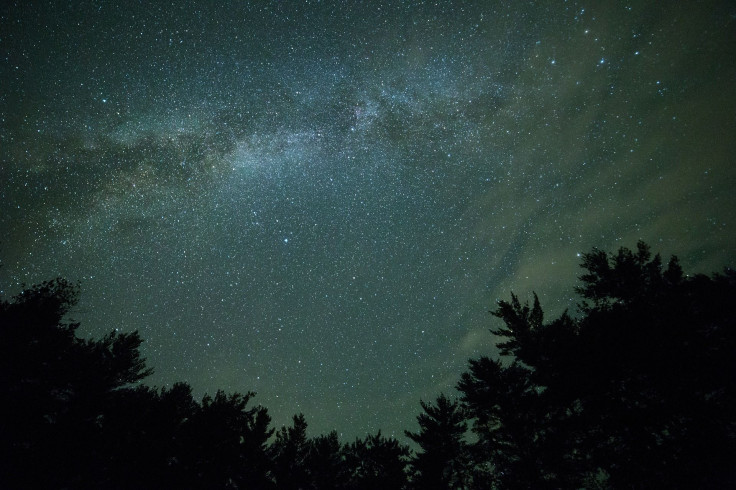Half Your Body’s Atoms May Be Immigrants From Faraway Galaxies

Half of your body and everything around you might have come from another galaxy far, far away, according to researchers looking into how galaxies grow and die.
It’s not a new idea that the universe recycles everything — that the atoms that make up our star, our planet and our bodies were once part of another star, planet and body. And one of the key principles of physics is that matter cannot be created or destroyed, only converted into a new form. The scientists tested out this concept on a larger scale using 3D computer simulations of galaxies to follow the cycle of gas and other material within them. According to a study in the Monthly Notices of the Royal Astronomical Society, it’s possible that up to half of the total matter in the Milky Way galaxy came from other galaxies far away from ours.
Read: What Is a Rogue Planet and How Many Wander the Universe?
The processes that transport the matter from one edge of the universe to another include the hot winds of material that are blasted out from the galaxy’s center, called galactic outflows; galaxy mergers in which two or more collide to become one larger system; and supernovas, in which stars explode and eject tremendous amounts of material.
Matter that made its way over to this corner of the universe would have joined forces with others to create the Milky Way that we know and love. That includes everything within the galaxy, including us.
“Given how much of the matter out of which we formed may have come from other galaxies, we could consider ourselves space travelers or extragalactic immigrants,” study leader Daniel Anglés-Alcázar said in a statement from Northwestern University. “It is likely that much of the Milky Way’s matter was in other galaxies before it was kicked out by a powerful wind, traveled across intergalactic space and eventually found its new home in the Milky Way.”
The gas tends to move from smaller galaxies to larger ones, according to the study. While the Milky Way is by no means the largest galaxy out there, it still has a few hundred billion stars.
It would have taken billions of years for the matter to travel here and be recycled, given the enormous distances it would have to travel through the universe. Once it arrived, it would have formed stars.
“What this new mode implies is that up to one-half of the atoms around us — including in the solar system, on Earth and in each one of us — comes not from our own galaxy but from other galaxies, up to one million light years away,” co-author Claude-André Faucher-Giguère said in the statement. “Our origins are much less local than we previously thought.”
Read: Our Sun Is Really Not Very Special At All
It is perhaps a galactic-level version of a continuous exchange we see on the ground — when we die, the Earth eventually reabsorbs our bodies and pieces of us may regrow in vegetation, which would then be consumed and become part of an animal, which itself will eventually die and become part of the Earth once more.
The computer simulations could help astronomers better understand how galaxies form. The next step in the research is to use the Hubble Space Telescope and observatories on the ground to further test the model.
“This study gives us a sense of how things around us are connected to distant objects in the sky,” Faucher-Giguère said.
© Copyright IBTimes 2024. All rights reserved.





















